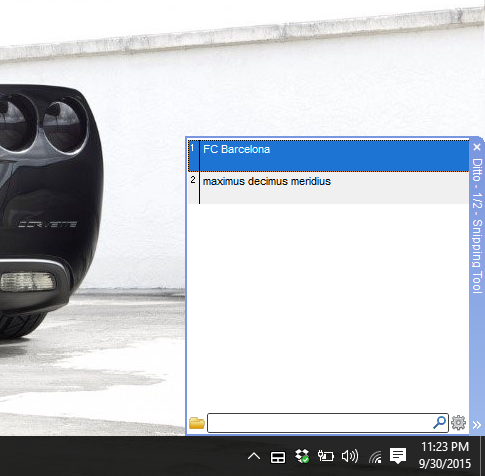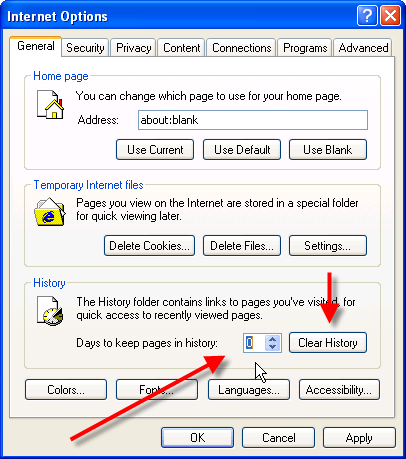Windows 10 now comes with a ‘reset’ button for apps that keep crashing because they’ve reached a bad state. We’ll show you where to find it, and how it works.
Software is inherently buggy. As a app developer, you need to cater to hundreds of different cases and even more ‘edge’ cases to ensure people who use your software don’t come across any deal-breaking crashes and bugs. Because resources are limited – whether of time, money or skill – developers generally only cater to the most frequent and high-priority issues.
So, as an average user, you have to understand this reality, accept it and find ways to make apps work reliably through various workarounds. You’ll hear them quite often from your techie friends and family members: “Oh, XYZ app is crashing? Delete your data, uninstall the app, restart your computer and try again.” It’s true that this “restart and try again” method works 90% of the time for smaller bugs and crashes.
Microsoft wants to make this method easier in Windows 10 with a dedicated new reset apps option in Settings.
What does App Reset do?
The new section where the button is hosted is called App Reset. According to the official Windows Blog blogpost, it wipes all user documents and data including accounts, settings, and any other saved information – giving the app a completely fresh start.
Chances are this will quickly fix whatever caused the app to stop working.
How to reset an app in Windows 10
It’s fairly simple: launch the Settings app, go to the System section, select Apps and features, and then select the app that’s not working for you. You will see a blue Advanced options link below the name. Click on it and you’ll find the new App Reset section at the top, along with the Reset button!
If that was too much for you in one go, here’s a visual step-by-step guide with screenshots:
Step 1: Search for “Settings” from the search bar in the Windows 10 taskbar.
Step 2: Launch the Settings app.
Step 3: Click on System.

Step 4: Select Apps and features from the left sidebar.

Step 5: Wait for Windows 10 to prepare the list of apps installed on your system. This may take a while, as it did on our system.

Step 6: Click on the app that is misbehaving.
Step 7: Click on Advanced Options.

Step 8: You’ll see the Reset button clear now. Click it to reset the app, and restore it to its factory condition!

(Last two images via Windows Central)
I don’t see any Advanced options or App Reset in my Windows 10. What gives?
This could be because of one of two reasons:
- You’re on an older version of Windows 10: as of typing, App Reset is only available on the latest Insider Preview Build i.e. Build 14328. Microsoft previews such features to ‘Windows Insiders’ first before releasing them worldwide. Chances are if you’re reading this before June 2016 – which is when the big Windows 10 Anniversary Update is expected – you simply don’t have this feature yet!
- The particular app you’re trying to reset doesn’t support App Reset: yes, according to Microsoft, third-party apps need to be updated by their developers to support the new App Reset feature. Thus, you will easily see this in Microsoft’s own apps like Alarms and Clocks, and Bing Translate, but not in third-party apps like Jumpshare or Dropbox. There’s nothing you can do about this, except maybe reach out to the developers yourself and request them to update the app.
The post Tip: Reset A Windows 10 App If It Keeps Crashing Or Misbehaving appeared first on Windows Clan.




